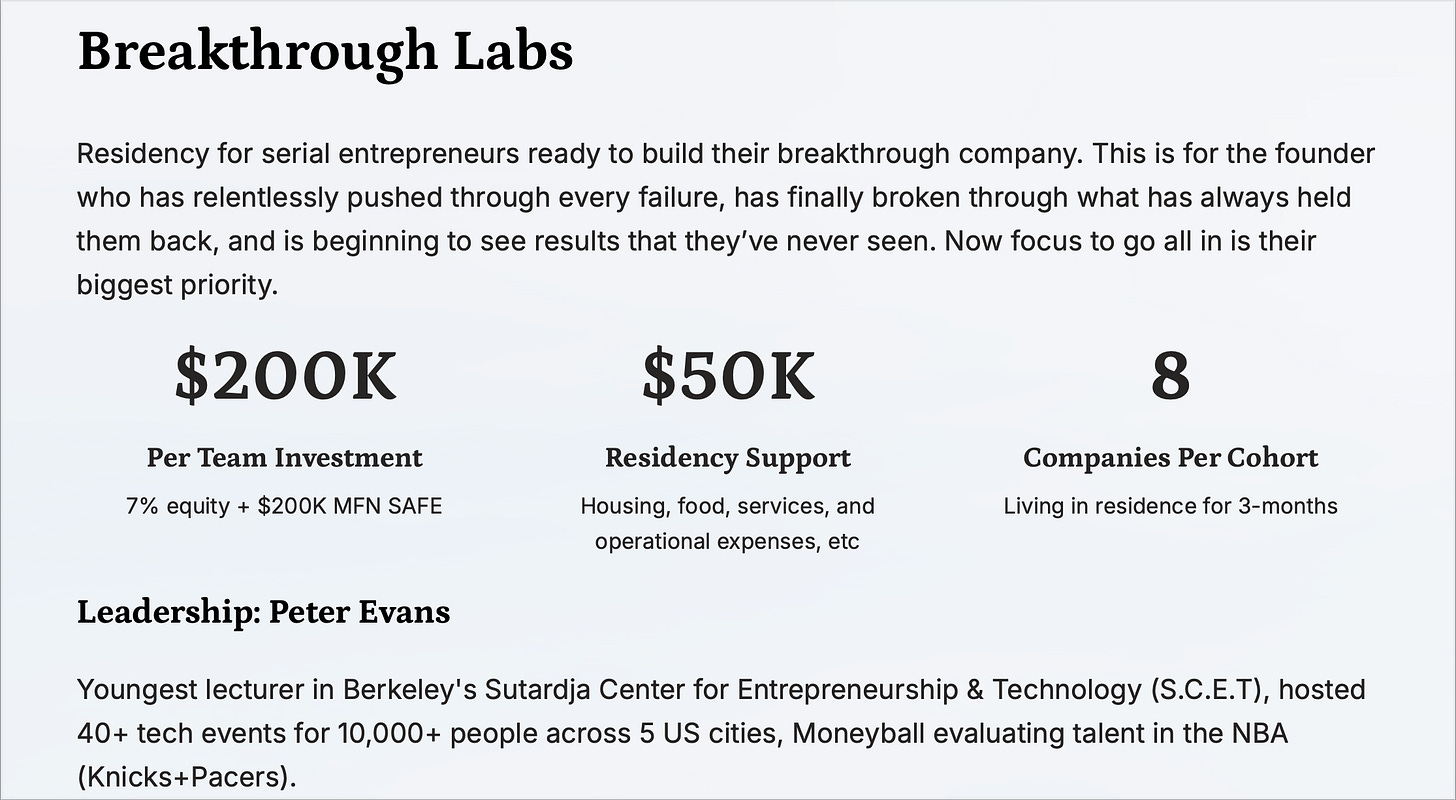The Problem Impact Matrix
Are you chasing the right problem?
Too many startups chase problems not worth solving.
One of my favourite problem frameworks shows which to chase.
❌ Small Infrequent
Example: Chewing gum under your shoe
Obviously it's a problem. But nobody is wearing shoe condoms to prevent it. The problem is not big enough, nor frequent enough, to be worthwhile to prevent.
✅ Small, Frequent problems
Example: Sending a text message (Problem: distance between two people)
Not being able to send 1 text message is not an issue. But all those WhatsApp messages over time together amount to something we consider very valuable.
✅ Big, Infrequent problems
Example: Buying a house → Getting a realtor
Indeed, the problem is not owning the house you want. But, most people only buy a home once every 10 years. Infrequent? Yes. Big? Yes. There is a business in this.
🚀 Big, Frequent Problems
Example: Getting to work
Hardest category to think of an example for. But, most people, multiple days a week need to get to work. Otherwise, we starve to death and don't have a home. Yikes. Therefore, people buy a car of (thousands to ten thousands of euros) to get to work. That signals important problem.
Do you have a better example for big, frequent problems?
Disclaimer:
Big-Small, Frequent-Infrequent is extremely subjective and these examples are not perfect. Let me know in the comments if you disagree!
Extra: Looking for an accelerator with $200k investment?
Are you a startup looking for investment? This might be for you:
200k investment
3 months in residence in California
Aimed at founders with failure experience
Peter Evans lectures on Entrepreneurship at UC Berkeley. He’s starting a new in-residence entrepreneurship program. 3 months of support, a home, and $200k for your startup.
The catch? Peter prefers founders with failure experience. Unique, fun, and I would urge you to apply to see if it is for you.
Application deadline in 14 days. Apply now!
(link if button doesn’t work: https://www.breakthroughlabs.info)




Interesting, if this is a customer problem framework add in urgency, willingness to pay, potential size of market, and capability to deliver a solution that customers want.
This matrix is super useful,... it really makes you think about the value of the problem you're trying to solve.
So many people jump into building solutions without truly understanding the pain point.